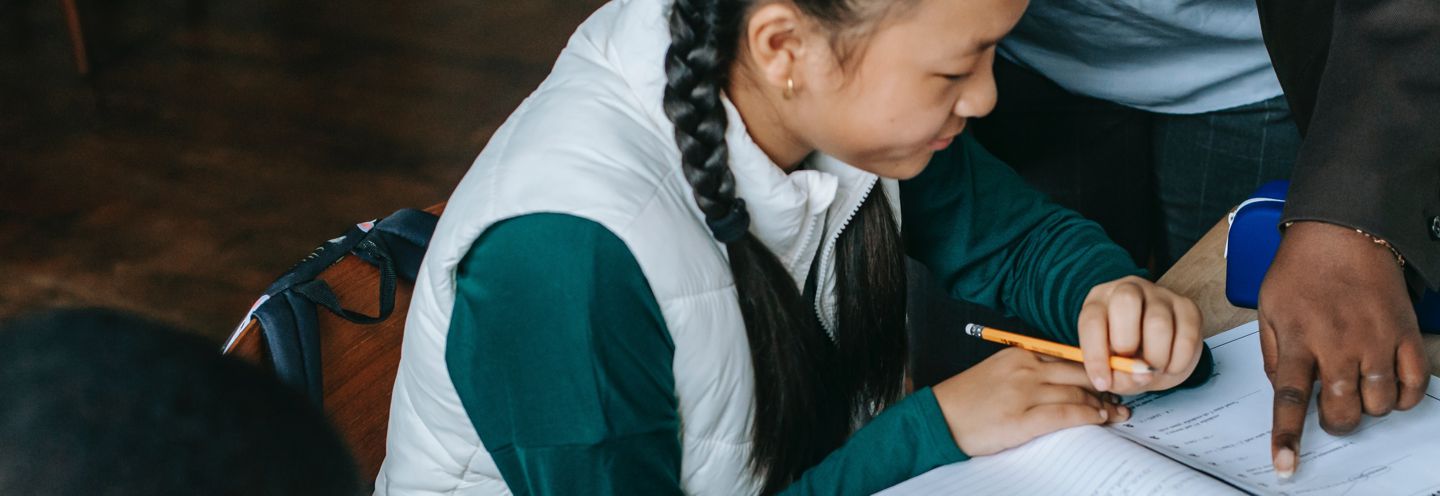Teacher Resources | 386 Results

In this five- or six-day unit, students create a video podcast to present balanced, unbiased perspectives on global development issues.

Schools are supposed to be public spaces, but more and more advertisers are using them to target youth. Corporations know just how much time kids spend at school, whether in class, in after-school

Making Your Voice Heard: A Media Toolkit for Youth is designed to help young people understand how the news industry works, why youth stereotyping happens and how they can access media to get

Helping Young Kids Explore Media SafelyStarting around age two, children can begin to explore media. The goal is to build healthy, guided habits.There are four main strategies to help kids do that.

Helping Kids Build Safe and Smart Digital HabitsParents can focus on helping kids this age explore safely by choosing high-quality experiences, setting clear boundaries, and teaching them how to

While they’re not going through as much development as tweens, moving to high school at the beginning of this stage – and moving out of it at the end – can be stressful.

Helping Kids Build Safe and Smart Digital HabitsThere are four main strategies to help kids become resilient to online risks. We can:Curate our kids’ media experiences;Control who can access our kids

If you’re worried that a film might not be suitable for your kids, preview it yourself. Talk to other parents who’ve seen it or check out the reviews by parents and kids at Common Sense Media. You

A tip sheet for parents on how to manage music in the home.

Most young children enjoy pretend play and love to imitate action heroes. But many teachers, parents and child care workers say the influence of children's superhero TV shows or movies, can result in

